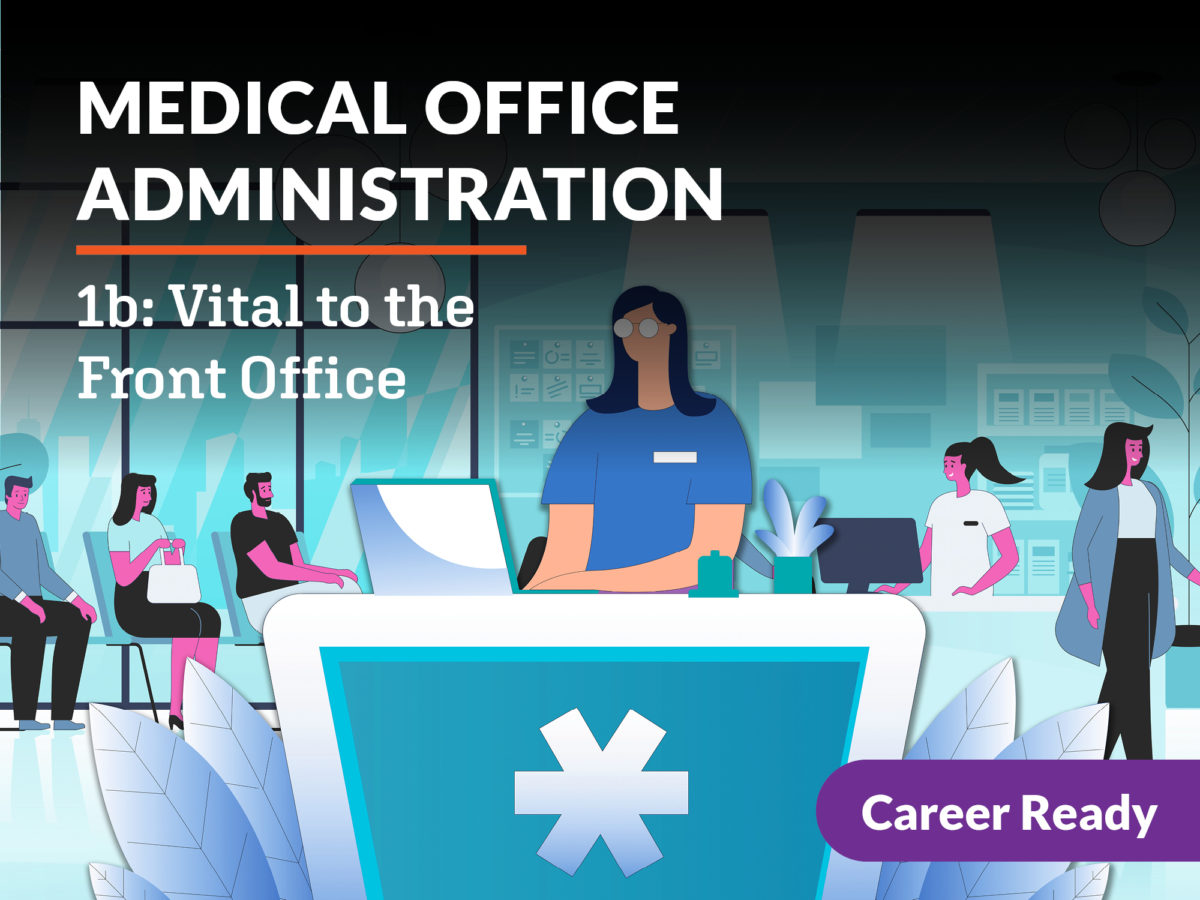Medical Administration Programs: What to Search for in a Quality Program
Best Practices in Medical Administration for Improving Efficiency and Lowering Prices
In the ever-evolving landscape of health care, the search of finest methods in medical management is extremely important for improving efficiency and suppressing costs. By incorporating sophisticated innovations such as electronic health and wellness documents and telemedicine, health care companies can streamline operations and boost individual care.
Leveraging Advanced Innovation
The assimilation of electronic options into healthcare systems has actually changed the method facilities run, simplifying procedures and improving client care. By systematizing individual info, EHRs eliminate the demand for difficult documents and help with seamless interaction among healthcare carriers.
Telemedicine is an additional technological advancement that has actually changed person communication. It uses comfort for both patients and medical care experts by enabling remote appointments, which can lower the requirement for in-person gos to and maximize visit scheduling. In addition, telehealth systems can prolong healthcare access to country or underserved locations, connecting gaps in care delivery.
In addition, using Expert system (AI) and artificial intelligence is becoming progressively prevalent in predictive analytics, permitting very early discovery of prospective wellness issues and even more educated decision-making. These modern technologies, when integrated successfully, can improve diagnostic precision and individualize patient treatment plans, inevitably leading to enhanced health care results and functional performance.
Optimizing Resource Allotment
Efficient source appropriation is important for making the most of the effectiveness of clinical management. By purposefully taking care of sources such as personnel, equipment, and finances, health care facilities can dramatically boost their functional efficiency, boost patient outcomes, and reduce unnecessary expenditures. The very first step in optimizing resource allotment includes carrying out an extensive evaluation of present properties and recognizing locations where resources may be underutilized or overextended. This assessment should be data-driven, utilizing metrics and analytics to inform decision-making procedures.
Focusing on resource allocation based upon individual needs and service demands is important. This entails straightening resources with high-demand areas, such as emergency treatment or specialized treatments, to make certain prompt and effective client treatment. Implementing flexible staffing versions can also optimize labor resources by adjusting personnel allotment in action to fluctuating patient quantities. Additionally, accepting telemedicine and other technological services can reduce physical resource constraints by using different methods for patient-provider interactions.
Monetary sources ought to be meticulously checked and allocated with calculated foresight to support both short-term operational demands and long-lasting institutional goals. This consists of investing in training programs that enhance personnel expertises and adopting energy-efficient methods that reduce functional prices (medical administration). Eventually, an optimized resource appropriation technique cultivates a sustainable health care environment that is responsive, reliable, and economically prudent
Streamlining Process Procedures
When healthcare facilities goal to improve operational efficiency, streamlining operations procedures becomes an essential Web Site emphasis. Efficient operations lessen redundancy, get rid of unnecessary actions, and improve control among health care professionals. This approach not only speeds up service distribution however likewise improves the top quality of person treatment.

Next, innovation assimilation plays a considerable role in improving workflows. Applying digital health and wellness records (EHRs) and digital physician order access (CPOE) systems minimizes paperwork, reduces human mistake, and ensures info comes to all pertinent personnel. Furthermore, leveraging telemedicine systems can enhance patient appointments and follow-ups, reducing the strain on physical framework.

Inevitably, structured process result in cost reductions and improved patient complete satisfaction, fostering a more sustainable medical care setting.
Enhancing Information Administration
Building upon streamlined workflows, optimizing information administration ends up being browse around these guys an important component beforehand healthcare management. Reliable information administration systems are important for maintaining accurate patient documents, enhancing decision-making, and guaranteeing conformity with governing requirements. By carrying out robust information administration solutions, medical care centers can enhance the top quality of individual care while all at once lowering operational costs.
One trick aspect of boosting information management is the assimilation of sophisticated digital health and wellness record (EHR) systems. These systems promote the seamless exchange of patient info across various departments, reducing replication of tests and lessening errors. A properly designed EHR system sustains information analytics, allowing doctor to identify fads and make informed choices relating to client care.
In addition, safeguarding individual data is vital. Adopting thorough cybersecurity measures, consisting of encryption and routine audits, guarantees the stability and confidentiality of delicate info. This not just protects individuals but additionally maintains the organization's credibility.
Buying staff training is one more essential aspect. Educating health care specialists on data administration practices enhances their capability to properly make use of innovation, bring about enhanced patient end results. To conclude, boosting data monitoring through advanced technology and thorough training is vital for accomplishing effectiveness and cost reduction in clinical management.
Fostering Collaborative Interaction
A critical component in progressing clinical management is promoting collective communication among healthcare specialists. Reliable interaction is vital for making sure seamless patient treatment, maximizing therapy results, and reducing errors. By urging open discussion and coordination across multidisciplinary teams, health care companies can improve their functional effectiveness and decrease unneeded costs.
Central to this technique is the combination of communication innovations such as digital health and wellness records (EHRs) and protected messaging systems, which facilitate the rapid exchange of important patient details. These tools enable medical care suppliers to gain access to and share information in genuine time, guaranteeing that all employee are educated and lined up in their decision-making procedures. Additionally, regular group meetings and interdisciplinary rounds can additionally promote a society of collaboration and responsibility.
Training programs focused on enhancing communication abilities are additionally crucial. Ultimately, fostering collaborative interaction leads to enhanced medical care distribution and price financial savings.

Final Thought
Integrating innovative innovation, such as electronic health records and telemedicine, together with optimized resource appropriation and streamlined process processes, is important for enhancing efficiency in medical administration. Reliable data monitoring and cultivating collaborative interaction amongst health care groups are important for lessening redundancies and boosting treatment top quality. By focusing on preventative treatment and participating in high quality renovation efforts, healthcare companies can accomplish considerable price savings and improved individual results, thereby check that making certain lasting healthcare shipment in a significantly complicated environment.